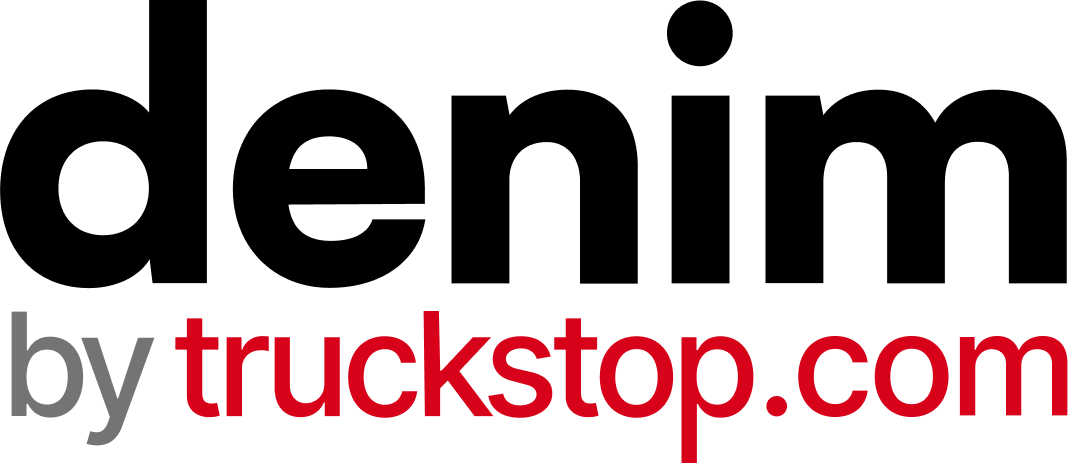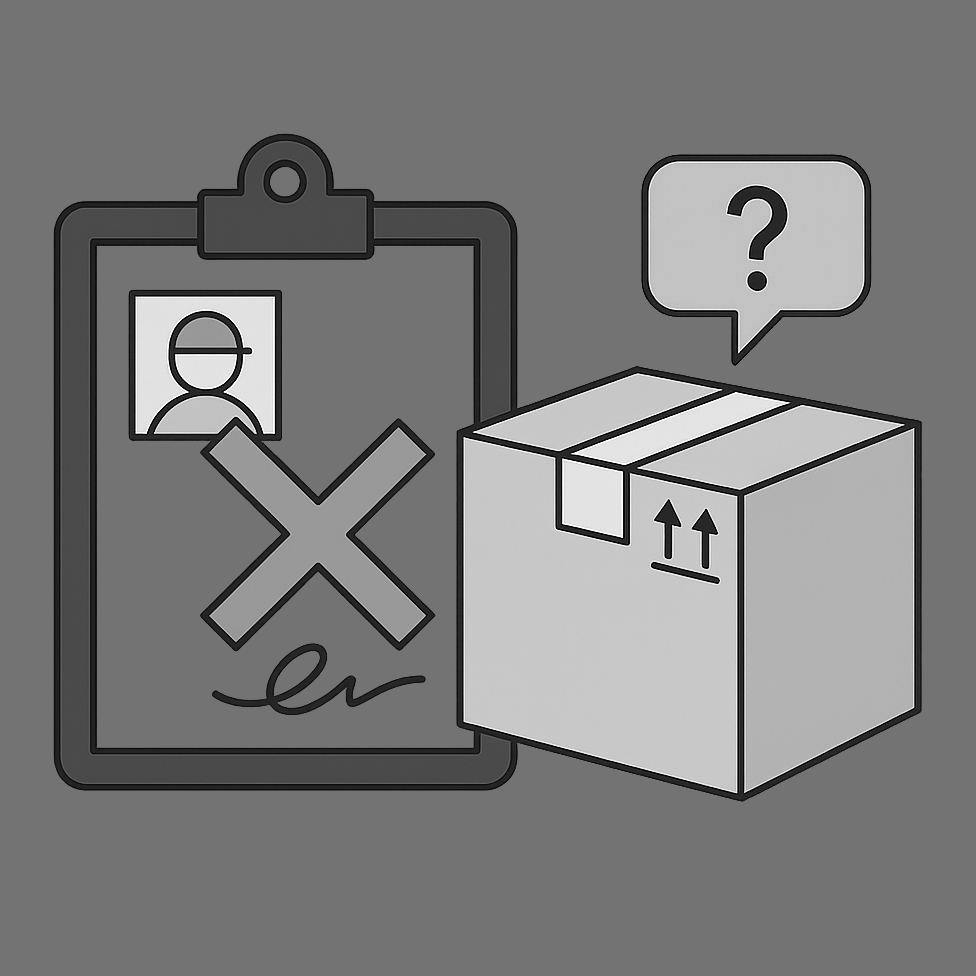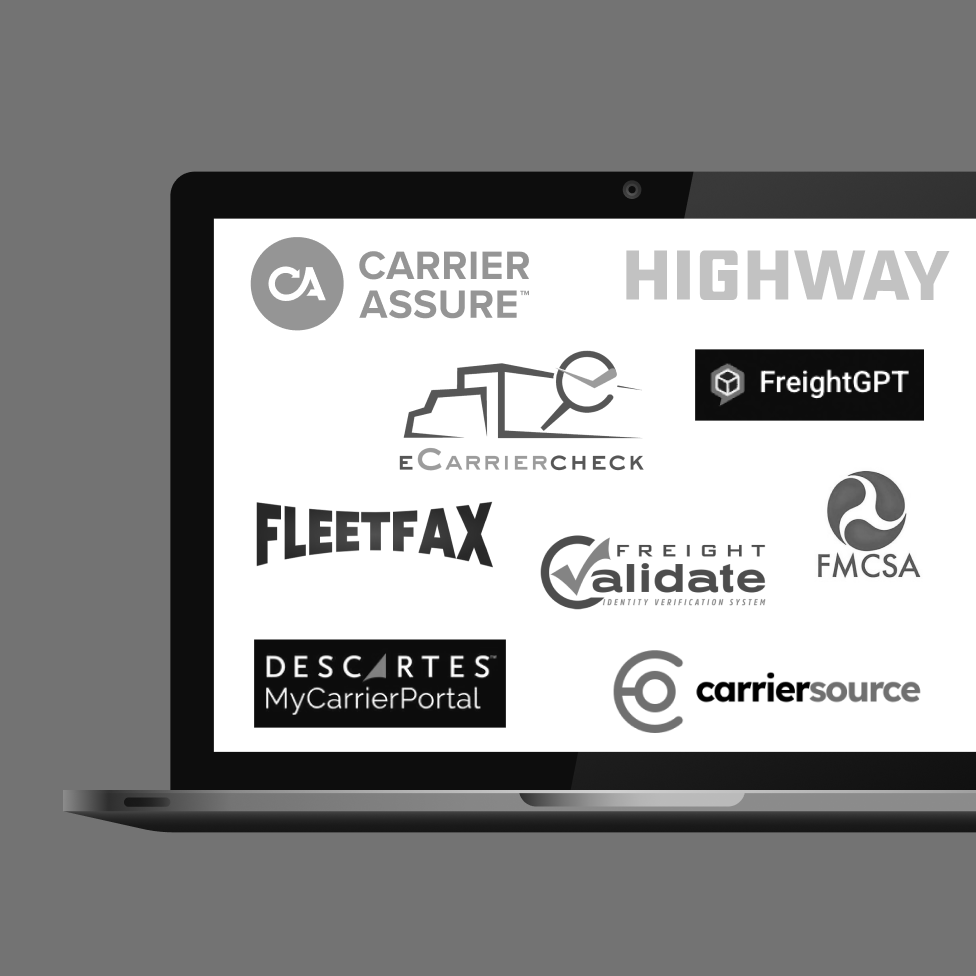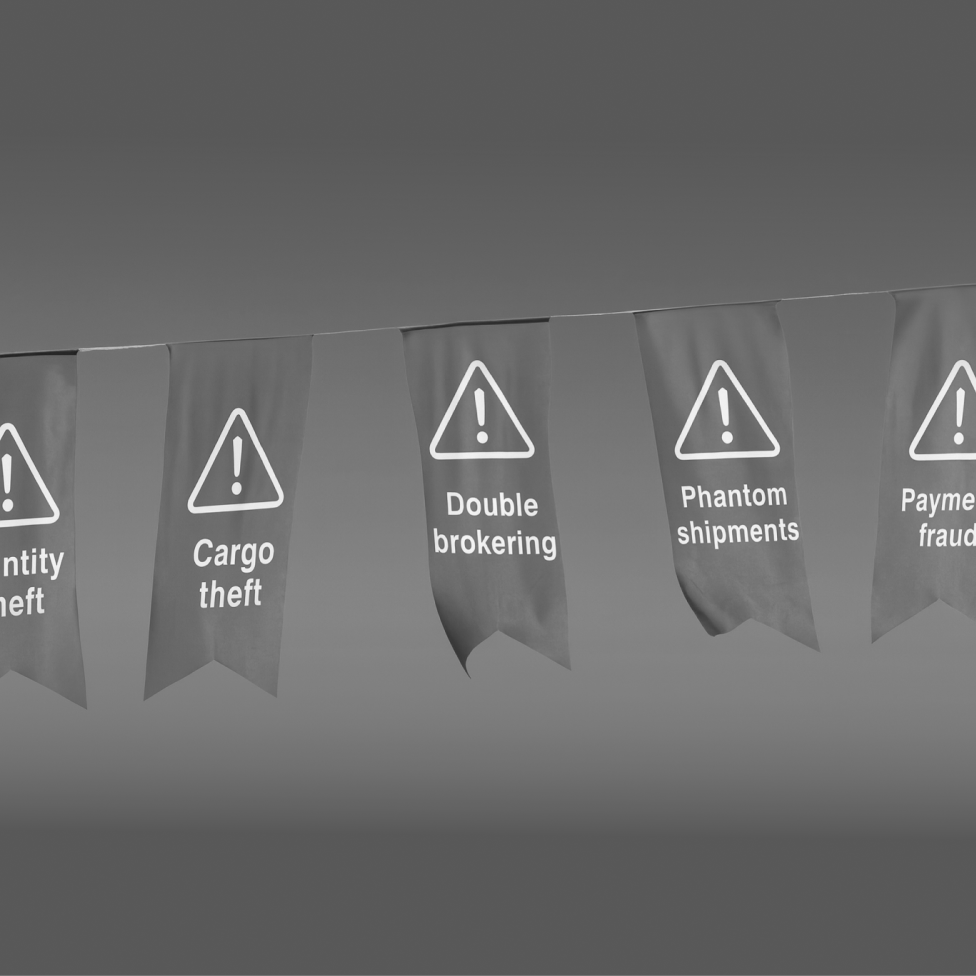Sales representatives should be selling. Not spending hours on administrative work. The lack of synchronization between your TMS (transportation management system) and full technology stack causes unnecessary friction between your billing department and reps. TMS integrations can save your reps hours that they can use to hit the phones.
A TMS is an essential part of every brokerage. Most brokers spend a significant amount of time inside their TMS, but don’t realize it could be providing even more to their business through third-party software integrations.
When a broker’s TMS is integrated with the rest of their tech stack, brokers and their staff can gain new insights, instantly access information across their organization, and improve efficiency significantly.
Below we’ll cover some of the most important TMS integrations, how your TMS can integrate with payments and factoring even if there isn’t an “official” integration, and what to do if your TMS doesn’t integrate with these essential systems.

Do you know how many softwares your team uses? This guide will walk you through all the steps to audit and implement your freight technology stack stress-free.
What is a TMS for Freight Brokers?
A TMS is an integral piece of trucking industry software that helps brokers stay on top of critical tasks such as load and route planning, carrier management, document auditing, and more.
With third-party software integrations, your TMS can also provide real-time insights into payments, carrier status, onboarding processes, load tracking, finances, and job acquisition tools like load boards.
"At Turvo, we recommend that your TMS integrates with other systems from warehouse management software to supply chain visibility tools. Positioning the TMS as the cornerstone of modern freight brokerage operations enables brokers to access essential information from a single platform. This comprehensive approach helps to minimize costs, improve efficiency, and increase customer satisfaction," said Kendall Scott, Vice President of Marketing at Turvo.
Why Integrate Your Tech Stack With Your TMS
The TMS is an essential piece of software, and most brokers live in it almost all day. Yet many brokers don’t realize their jobs could be made significantly easier through an integrated tech stack. Brokers can gain additional business insights, efficiency, and visibility for you and your team with the right integrations.
Time savings
Manual data entry and document uploads can eat up hours of your team’s time, especially if your systems aren’t integrated. A well-integrated tech stack can prevent the endless search through various trucking company software systems to find a specific document - because all of your documents, data, and status updates can be found in one place.
An integrated TMS can cut your staff’s data entry and document upload time in half, giving them more time to focus on the more important tasks that help grow your brokerage. When documents are entered into an integrated TMS, that information will be automatically transferred to your other systems, ensuring data integrity throughout your organization.
Case Study: EKA TMS integrations
Our client Alliance Logistix was able to integrate the EKA TMS with Denim’s factoring and financial services into their AP/AR processes, leading to significant productivity and efficiency gains.
- With instant access to Denim’s analytics, financial dashboards, and factoring status directly through their TMS, Alliance Logistix improved their invoice processing time by 62%!
- Due to the time savings and improved staff efficiency, Alliance Logistix saw a 35% increase in month-over-month shipping volumes by reassigning underutilized staff from accounting to dispatch roles.

This dramatic improvement in productivity due to an integrated TMS clearly shows that taking the time to integrate these systems not only saves your staff time, but also leads to clear revenue and margin improvements.
Eliminate errors
When it comes to manual tasks, human error can seem inevitable. These errors can lead to lost productivity, time-wasting repetitive work, and lost revenue. By creating automated workflows that transfer data seamlessly between your tech partners, many of these errors can be eliminated.
Sometimes it’s as simple as a slipped finger hitting the wrong key, or a document being entered into multiple systems causing inaccurate data. Regardless of the cause, human error can bog down your brokerage and lead to costly mistakes.
With seamless integrations between your TMS and other systems, these errors can be cut down or eliminated, further saving your staff significant amounts of time and money.
Improved Data Visibility
With an integrated TMS, you can say goodbye to logging in to multiple systems just to get an updated status of a payment or load. Integrating your software systems provides near-instantaneous two-way data transfer, providing brokers with real-time insights into any load’s status right from your TMS.
These integrations can help track the lifecycle of every load, from bid to payment, directly from your TMS.
In addition to sending data and documents to Denim, TMS integrations can also get information from Denim and show this information in the TMS. This information can include Denim job statuses, payment statuses, documents collected by Denim, customer credit limits, and more.
Practical TMS & Factoring Integrations:
Two-way integrations between an invoice factoring software company such as Denim and your TMS can provide detailed information on every job at a glance.
We’ve created integrations with over a dozen different TMSs and third-party software, providing improved visibility on the entire lifecycle of every job at a glance. Read more about the Denim’s software integrations here.
Don’t see your favorite tool listed? Don’t worry. We use an Open API (more on this below) and can create custom integrations with almost every software.

5 Common TMS Software Integrations
At this point it’s obvious that integrating your TMS with the rest of your tech stack is a good idea, so let’s cover some of the most common and essential integrations.
1. Factoring
If you use a factoring service like Denim, integrating your factor and TMS is essential. This integration gives direct insight into the status of factored invoices, payment status updates, and more.
“Embedded integration between Factoring Company and TMS helps take customer back-office productivity, service level and business controls to the next level of performance.” - JJ Singh, CEO and Founder of EKA TMS.
2. Carrier Onboarding
A carrier onboarding integration cuts down on paperwork and manual data entry, and helps integrate systems such as your warehouse management systems (WMS), and order management systems (OMS). Here is an example of how Tai TMS is automating carrier onboarding with integrations.
3. Load Tracking
Load tracking integrations provide direct real-time information about each load right in your TMS. Adding load-tracking integrations can speed up reporting and prevent logging into multiple software tools to find the status of any one job.
4. Accounting
Many brokers may want to integrate their accounting software and TMS to get real-time insights into their financials in one place, but we generally don’t recommend this integration initially. Most brokers would be better served by integrating their accounting software with their factoring company, letting the factoring software provide updates to your TMS.
5. Load boards
A load board integration further speeds up your team by letting them search, post, or bid on loads directly through your TMS. Read more about load boards & TMS integrations here.
What if my TMS Doesn’t Offer Integration Support?
If the TMS you use doesn’t already integrate with an essential piece of software, don’t fret. It’s an extremely common problem, and there are often workarounds.
The first step to creating a new integration is to check if your other software providers have an Open API.
An Open API (also known as a public API) means that anyone can create an API integration - often for free - with a service or software. Modern TMSs and factoring companies like Denim offer open APIs, letting anyone create a custom integration.
If you’re not sure if your TMS or factoring company offers an open API - we recommend contacting your provider’s technical support team to find out more, or reviewing their support documentation.
If your TMS, factoring software, or other software providers don’t offer any API integrations, we recommend asking your software provider about their product pipeline and/or other workarounds that they may provide for integrations.
Case Study: Peregrine
In the case of a truly closed system, there may still be alternative workarounds that can provide great results. When Denim began working with Peregrine, their TMS didn’t originally have a formal API integration. Through clever use of third-party integration tools such as Zapier, Denim created a custom integration with Peregrine which tripled their efficiency and helped them grow to $15 million in revenue without adding additional back-office staff.
Conclusion
The TMS is the lifeblood of every brokerage, and is an essential tool for managing jobs. Most brokers haven’t updated their systems in years (sometimes decades!) and don’t realize how much more efficient they could be with integrated systems.
Want to find out if your TMS integrates with Denim’s factoring services and financial dashboard? Speak to our team here and ask us how we can integrate with your TMS today.
Denim’s automated solutions streamline your back-office operations. Explore our solutions to see how Denim can help your business scale efficiently.
There's a better way


.png)




